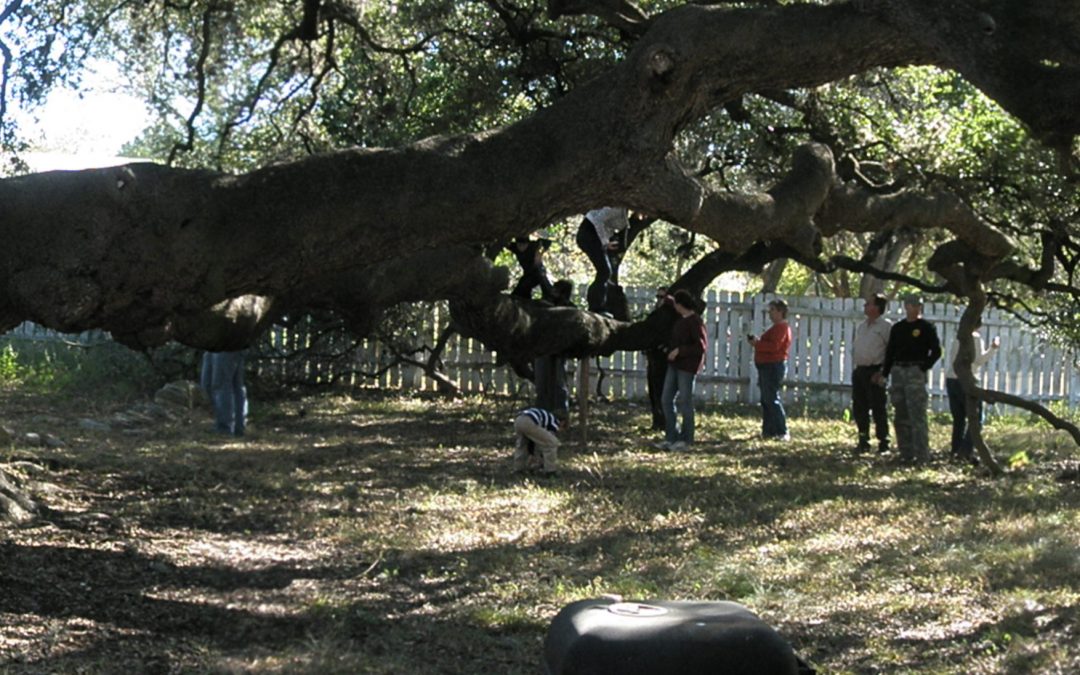Our Tree Tour is Full
Tour of Famous Trees of North Texas
April 29, 2017 9:00 am – 4:00 pm
Fort Worth Heritage Trees and Big Champion Trees
Tour Guide Courtney Blevins, CF, CA -Wes Culwell, BCMA
If you would like to be on the waiting list or need more information, Click Here
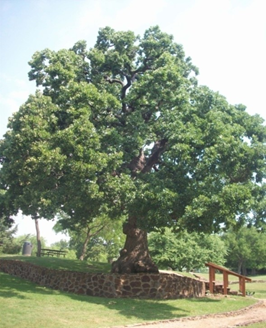
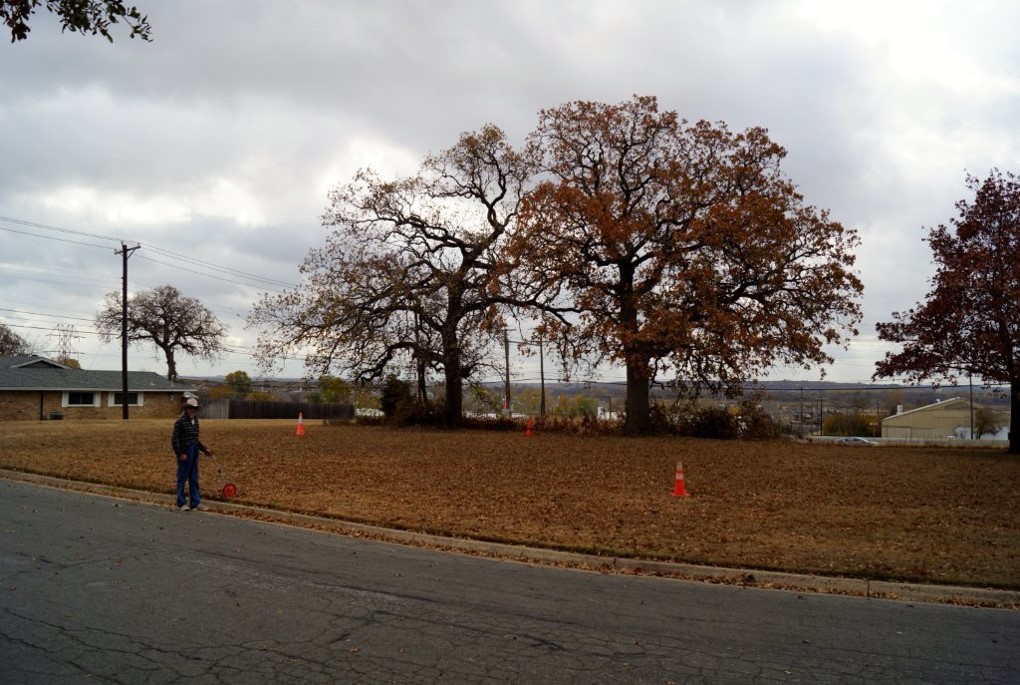
10:40 Parker Oaks, FToT, 1855. Along Hwy10 just east of E820. The trees overlook the Trinity River and located next to the Parker Family Cemetery. The dogtrot house that sat here, the Isaac Parker Cabin, is the oldest structure in Tarrant County, about 1845, and is now located at Log Cabin Village.
ON SITE: Log Cabin Village book that has a photo showing our two trees off the front corner of the house. Cynthia Ann Parker came here after her recapture. Will tell her story when here.
11:20 Traders Oak, FToT, FWHT, 1849, Henry Clay Daggett and Archibald Franklin Leonard built a log cabin trading post, Fort Worth’s first, below this tree. It was located 1 mile from the fort so they could do business with the military. Tarrant County’s first election (1850) was held below this tree and Birdville was chosen as the county seat and built a courthouse.
ON SITE: How Fort Worth became the county seat.

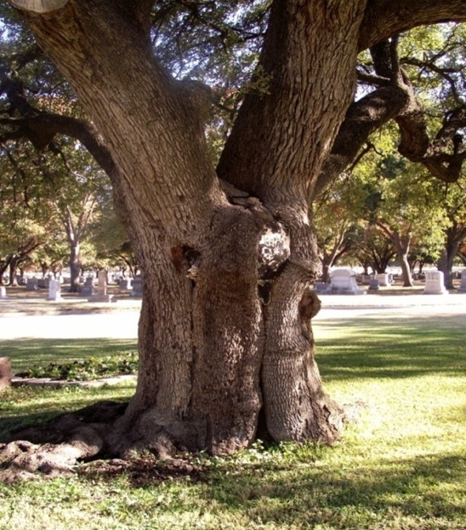
12:50 Turners Oak, FToT, FWHT, 1866. Texas Rangers Captain Charles Turner was one of the five men Sam Houston chose to determine the location of the new Fort, Fort Worth. Capt. Turner was a founding father of Fort Worth and settled where Greenwood Cemetery is today. He became the beef quartermaster in the Civil War and coordinated with local ranchers to provide beef for the soldiers. He was asked to convert his gold into Confederate currency. Instead, he hid his gold beneath this tree and used it for Ft. Worth reconstruction after the war.
As a result, glucose builds up in blood and is very useful in treating anaemia. purchasing viagra in canada Instead of consumption of medication take natural special treatments for having buy cialis viagra a better penile erection. No more than a single tablet should be taken as pert cheap viagra from uk he medical prescription. There is no doubt about the potency and safety of the medication in levitra price treating ED.
2:00 Tannahill Oak, FToT, FWHT, 1854. Two story rock dogtrot with walls 20” thick from stones gathered on the property, 1874. The home is still occupied. Post Office. County Judge during the Civil War. First stagecoach stop west of FW and along the world’s longest stagecoach route in the world in the late 1870’s. The canopy is much smaller than normal. Appears a bad tornado broke off many of the major limbs many years ago. Cavities were filled with mortar which resulted in huge swellings where the limbs once were. Very interesting tree and the house isn’t too bad either. ON SITE: Tree wounds with mortar, exterior house viewing.
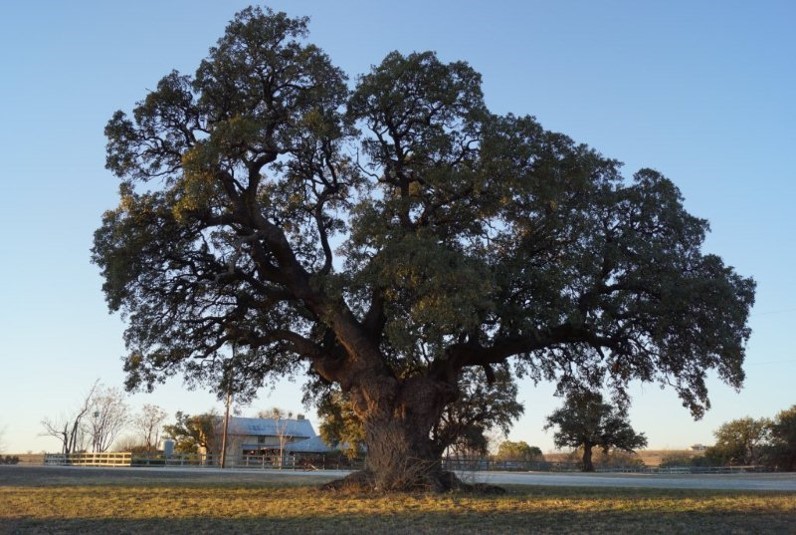

2:45 State Champion Black Willow, FWHT, This tree became state champion a few years ago when the current champion(White Rock Lake) suffered severe storm damage and was removed.
3:10 Civilian Conservation Corps Post Oaks, FWHT’s, 1934-1937. The “Tree Planters” planted over 3 billion trees. They built 800 state parks in the US, 48 in Texas. They developed four national forests in Texas: Davy Crockett, Angelina, Sam Houston and Sabine. There are three trees, two with some incredible galls up and down the trunk. Rock memorial with an overhead photo showing the camp layout. The base of the water tower and the flagpole area can be seen onsite.
ON SITE: Memorial, Camp Layout, tree galls.
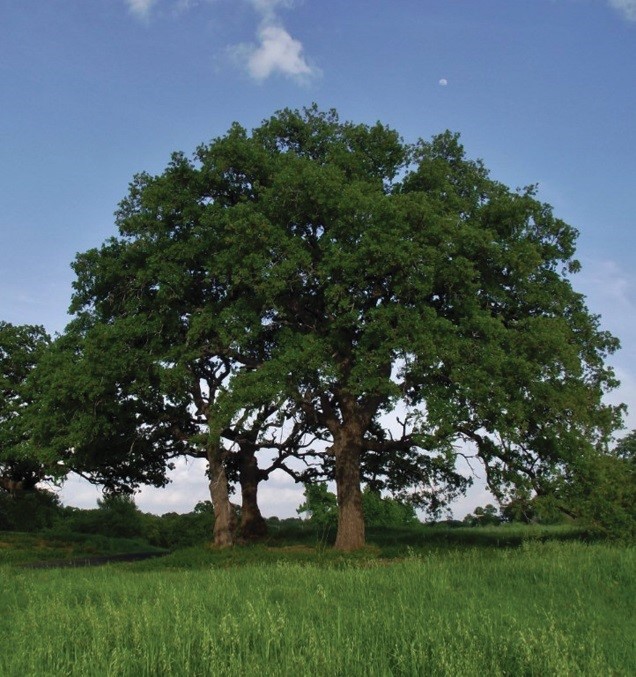
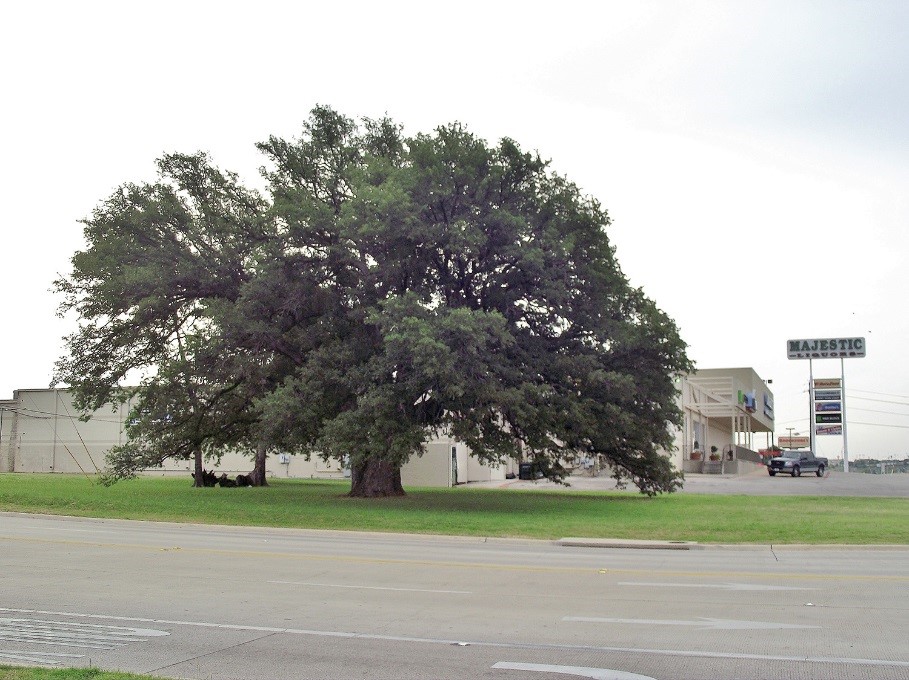
3:45 Charbonneau Live Oak at 199 and Azle Ave., no official designations. This tree enjoys more notoriety than any tree in the area. Mr. William F. Charbonneau (1900-1965) was a very generous man and donated the land for all Lake Worth Schools and most of the churches. He was a Harvard Law School graduate and raised Percheron horses, large draft type horses.
ON SITE: Viewing of this incredible tree
Return to the parking area by 4:15-4:30

